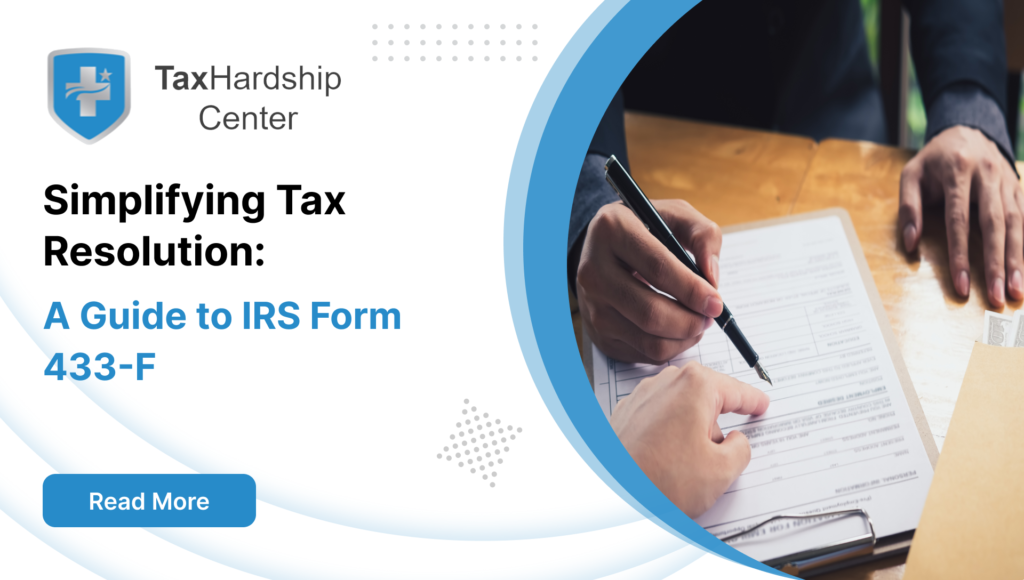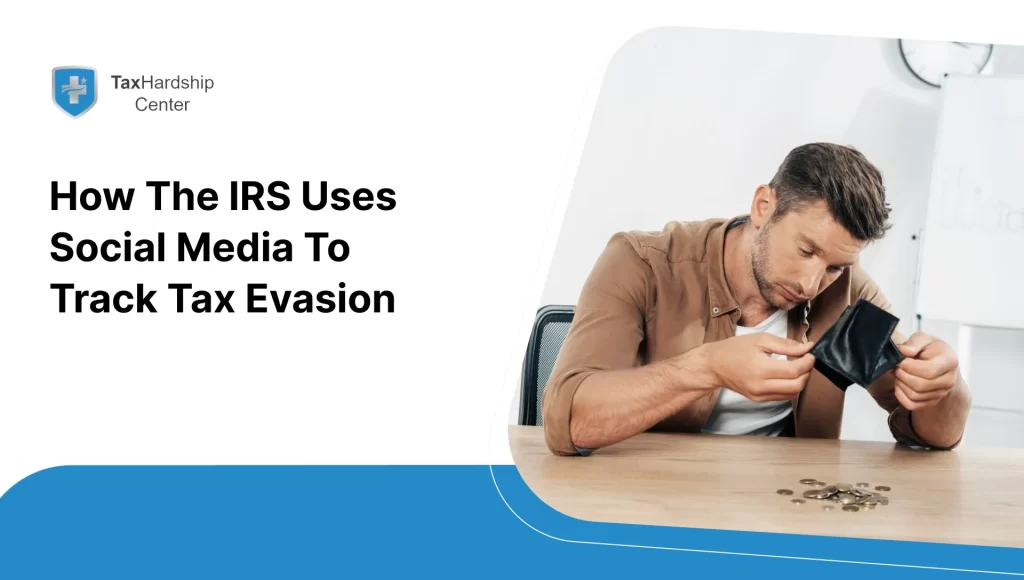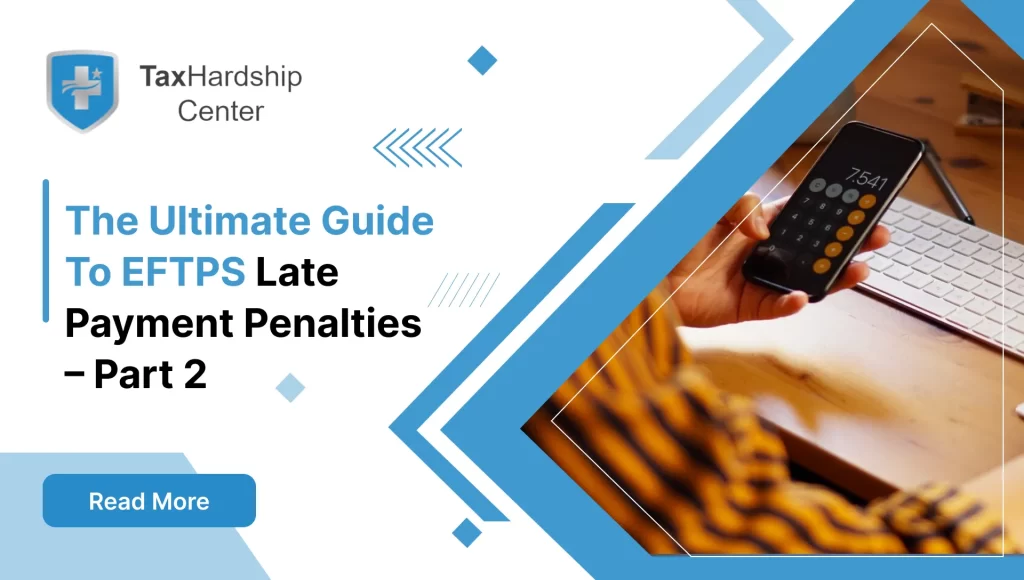Tax resolution can be an overwhelming and stressful process for many taxpayers. The IRS Form 433-F is critical in helping individuals manage their tax liabilities. This form, also known as the Collection Information Statement, helps the IRS assess a taxpayer’s financial situation to determine eligibility for various payment plans and hardship statuses. This informative article aims to comprehensively analyze the key factors impacting IRS Form 433-F, payment plans, and installment agreements.
Let’s explore the challenges and trade-offs involved in balancing different factors and offer guidance on navigating the complexities of tax debt resolution.
Understanding IRS Form 433-F
What is IRS Form 433-F?
IRS Form 433-F is a Collection Information Statement used by the IRS to evaluate a taxpayer’s financial situation. The form requires detailed information about taxpayers’ income, expenses, assets, and liabilities. The primary goal of this form is to help the IRS determine the taxpayer’s ability to pay their tax debt and to establish an appropriate plan for resolving outstanding liabilities.
The Purpose of the Form
The key purpose of IRS Form 433-F is to allow the IRS to assess a taxpayer’s financial condition to determine an appropriate resolution for their tax debt. By analyzing the information provided, the IRS can decide whether a taxpayer qualifies for a payment plan, an offer in compromise, or even hardship status, which may temporarily halt collection activities. This assessment aims to ensure taxpayers can manage their debt realistically without further exacerbating their financial difficulties.
How Tax Hardship Center Eases Tax Concerns
Navigating the complexities of IRS Form 433-F and other tax regulations can be overwhelming. At Tax Hardship Center, we understand individuals’ challenges and are here to help ensure a smooth tax resolution process.
Our experts can assist with:
- Completing IRS Form 433-F: We’ll guide you through the form’s intricacies and help you provide accurate and detailed financial information.
- Accurate Data Entry: To prevent issues with your tax resolution, avoid errors, and ensure your Form 433-F is completed correctly.
- Ongoing Support: We provide continuous support to help you manage your tax situation, ensure compliance with the IRS, and address any changes in your financial circumstances.
- Tax Planning Advice: Receive personalized advice on tax planning to optimize your financial situation and manage your tax liabilities effectively.
Focus on resolving your tax issues; we’ll handle the complexities of IRS Form 433-F! Schedule a free consultation with the Tax Hardship Center today.
Who Needs to Fill Out Form 433-F?
Identifying the Need
Not everyone with tax debt will need to fill out Form 433-F. Typically, this form is required for individuals who owe a substantial tax debt and cannot pay it in full. It is also necessary for those seeking a payment plan or installment agreement with the IRS. Additionally, if a taxpayer is pursuing an offer in compromise—which allows them to settle their debt for less than the total amount owed—they must complete this form to demonstrate their inability to pay the total amount.
Case Examples
Consider John, who has a tax debt of $50,000. He cannot pay this amount in full but has a steady income. John might need to fill out Form 433-F to propose an installment agreement, allowing him to pay off the debt over some time. Alternatively, Emily has an income that barely covers her living expenses and a debt of $30,000. She might need to complete Form 433-F to qualify for hardship status, temporarily suspending collection efforts.
Breaking Down Form 433-F
Section-by-Section Explanation
Form 433-F is divided into several sections, each requiring specific information:
- Personal Information: This section requires basic details such as your full name, Social Security Number, address, and contact information.
- Employment Information: Here, you will provide details about your current employment status, including employer information and monthly income.
- Self-Employment Information: If you are self-employed, you must provide details about your business, including income, expenses, and net profit.
- Other Financial Information: This section covers other sources of income, such as Social Security benefits, pensions, or alimony.
- Bank Accounts and Other Assets: You must list all bank accounts, investments, real estate, and personal property, along with their current values.
- Monthly Income and Expenses: This is a critical section detailing your monthly income and necessary living expenses, such as rent, utilities, food, and transportation.
- Debts and Obligations: This section requires information about outstanding debts, including credit cards, loans, and other liabilities.
Documentation Required
To complete Form 433-F accurately, taxpayers will need to gather various types of documentation, including:
- Recent pay stubs or income statements
- Bank statements
- Proof of expenses (rent, utilities, insurance)
- Documentation of assets (property appraisals, investment statements)
- Detailed records of any outstanding debts
Navigating Financial Disclosure
Privacy and Security
One primary concern for taxpayers completing Form 433-F is the privacy and security of their personal financial information. It’s essential to understand that the IRS uses the information strictly for tax administration. Nonetheless, taxpayers should take precautions to protect their data, such as avoiding email submissions and opting for secure mail services.
Accuracy and Honesty
Providing accurate and truthful information on Form 433-F is crucial. Any inaccuracies or misleading statements can result in severe penalties, including additional fines and potential criminal charges. Therefore, review all entries meticulously and ensure the information is complete and correct.
Strategies for Completing Form 433-F
Organizing Your Finances
Before filling out Form 433-F, organizing your financial records is essential. Start by compiling all necessary documents, including income statements, expense receipts, and records of any assets. Budgeting tools or financial software can help streamline this process. Creating a comprehensive list of all financial details will ensure accurate information is entered into the form.
Seeking Professional Help
Consulting with a tax professional can benefit individuals dealing with complex tax issues. Tax experts, such as those at the Tax Hardship Center, can provide valuable guidance on completing Form 433-F and negotiating with the IRS. They can also help identify potential errors and ensure the form is filled out correctly, increasing the likelihood of a favorable outcome.
Potential Outcomes After Submission
What to Expect
Once you have submitted Form 433-F to the IRS, several potential outcomes could result:
- Payment Plans: If the IRS determines that you can pay off your debt over time, they might approve an installment agreement. This allows you to make monthly payments until the debt is fully paid.
- Offers in Compromise: In some cases, the IRS may accept an offer in compromise, allowing you to settle your tax debt for less than the total amount owed. This is typically approved when the IRS believes it is unlikely that the total amount can be collected.
- Currently Not Collectible Status: If you show that your financial situation makes it impossible to pay any amount towards your tax debt, the IRS may place your account in currently not collectible status. This suspends collection activities temporarily, although interest and penalties continue to accrue.
Dealing with IRS Responses
After submitting Form 433-F, the IRS may contact you for additional information or clarification. To avoid delays in the resolution process, it is essential to respond promptly and provide any requested documentation to the IRS to approve a payment plan or other resolution. Be sure to adhere to the agreed-upon terms to prevent further complications.
Conclusion
Understanding and adequately completing IRS Form 433-F is crucial for effective tax resolution. By providing a detailed overview of your financial situation, this form enables the IRS to assess your ability to pay your tax debt and determine an appropriate resolution plan. Navigating the complexities of tax debt can be challenging. Still, you can take proactive steps toward resolving your tax liabilities by organizing your finances, seeking professional help, and providing accurate information. Being informed and prepared will help you achieve a more manageable and favorable outcome with the IRS.
Why Tax Hardship Center?
1. Hassle-Free Assistance:
Say goodbye to sleepless nights and endless tax-related stress. At the Tax Hardship Center, we believe in simplifying the complex. Our team of experts is dedicated to guiding you through every step of the process, ensuring that your tax concerns are met with precision and care.
2. 14-Day Money Back Guarantee:
We’re so confident in our ability to ease your tax worries that we offer a 14-day money-back guarantee. If, for any reason, you’re not satisfied with our service, we’ll gladly refund your investment. Your peace of mind is our top priority!
3. Free Consultation:
Are you curious about how we can transform your tax experience? Book a free consultation now! Our team will assess your situation, answer your questions, and provide free insights tailored to your needs.
4. Nationwide Coverage:
No matter which corner of the United States you call home, the Tax Hardship Center covers you. We proudly serve all 50 states, bringing our expertise to your doorstep. Wherever you are, our commitment to excellence follows.
FAQs:
1. What is the primary purpose of IRS Form 433-F?
The primary purpose of IRS Form 433-F is to help the IRS assess a taxpayer’s financial situation to determine eligibility for payment plans, offers in compromise, or hardship status.
2. Who needs to fill out IRS Form 433-F?
Individuals who owe a significant amount of tax debt and cannot pay it in full, those seeking a payment plan, and those pursuing an offer in compromise or hardship status must fill out Form 433-F.
3. What information do I need to provide on Form 433-F?
Form 433-F requires detailed information about your income, expenses, assets, liabilities, employment status, and other financial details.
4. How can I ensure my information on Form 433-F is accurate?
Gather all necessary documents, such as pay stubs, bank statements, proof of expenses, and asset documentation. Review all entries carefully to ensure accuracy.
5. What happens after I submit Form 433-F to the IRS?
The IRS will review your information and may offer several outcomes, including payment plans, offers in compromise, or currently not collectible status. They may contact you for additional information if needed.
6. How can a tax professional help with Form 433-F?
A tax professional can guide completing the form accurately, help negotiate with the IRS, and increase the likelihood of a favorable outcome.








